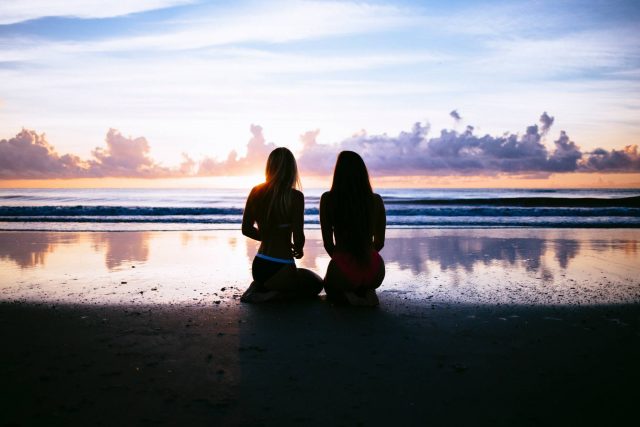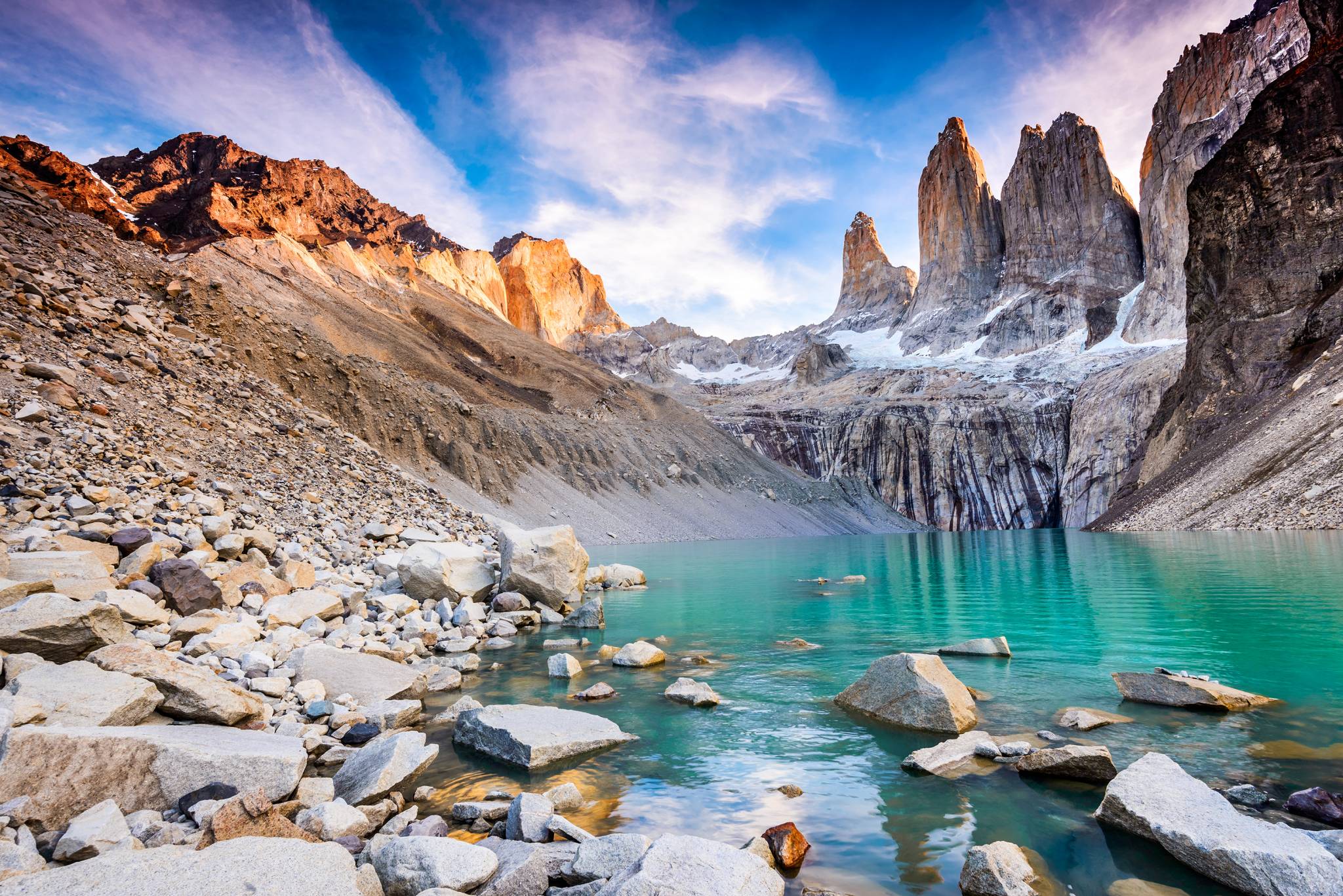Just imagine.
You’re standing at the edge of the world surrounded by imposing mountain peaks, among which are hidden tranquil icy blue lakes and giant glaciers. You are breathing in crystal-clean air, your heartbeat is gaining speed, and you feel a complete unity with the magnificence of nature.
Patagonia is a huge region in South America that covers areas of Argentina and Chile. It’s just 500 miles from Antarctica, and it truly deserves the name “the edge of the world.” It’s the perfect place to escape from the bustle of your daily urban routine and recharge your inner batteries.
What to see in Chilean Patagonia
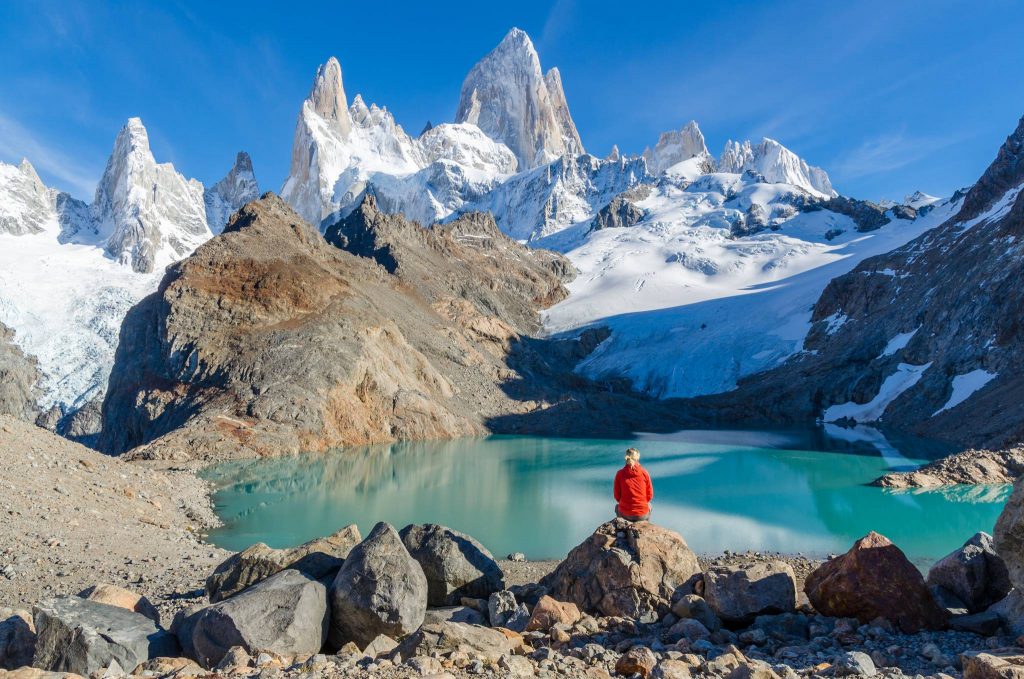 Torres del Paine National Park
Torres del Paine National Park
The park is undoubtedly the soul of Chilean Patagonia. The exceptional beauty of this place leaves almost every tourist who dares to reach it speechless. In fact, in 2013, it was declared the Eighth Wonder of the World. The park contains numerous enchanting natural attractions, and below are the most alluring.
Salto Grande
This is a must-see waterfall that impresses with its powerful and terrific beauty. Whether you come here by bus or by car, the parking is 15 to 20 minutes away from the viewpoint, so you’ll have to take a short walk. This place is very windy—remember to wear warm, waterproof clothes.
Amarga Lagoon
You’ll get the best impressions of this majestic lake on a sunny, still day when the water surface is reflecting the peaks of the Torres. And if you’re lucky you’ll spot a flock of graceful flamingos or a few lovely guanacos feeding along the shore.
Paine Horns
Admire these twin peaks of rock at sunrise or sunset. This natural performance leaves you speechless: the bright rays of the sun make the chiseled towers appear to burn red and orange, making for a truly dramatic and breathtaking view.
Pehoe Lake
Pehoe Lake is definitely worth a stop. Many tourists believe this lake to be the most beautiful in the park: its crystalline waters are an unbelievable blue, and on sunny days they majestically reflect the towers in the background.
Grey Glacier
The easy trek to the impressive wall of glittering Grey Glacier offers a view of the most spectacular site in the park. You can also take a boat tour to admire the incredibly scenic landscape at close range.
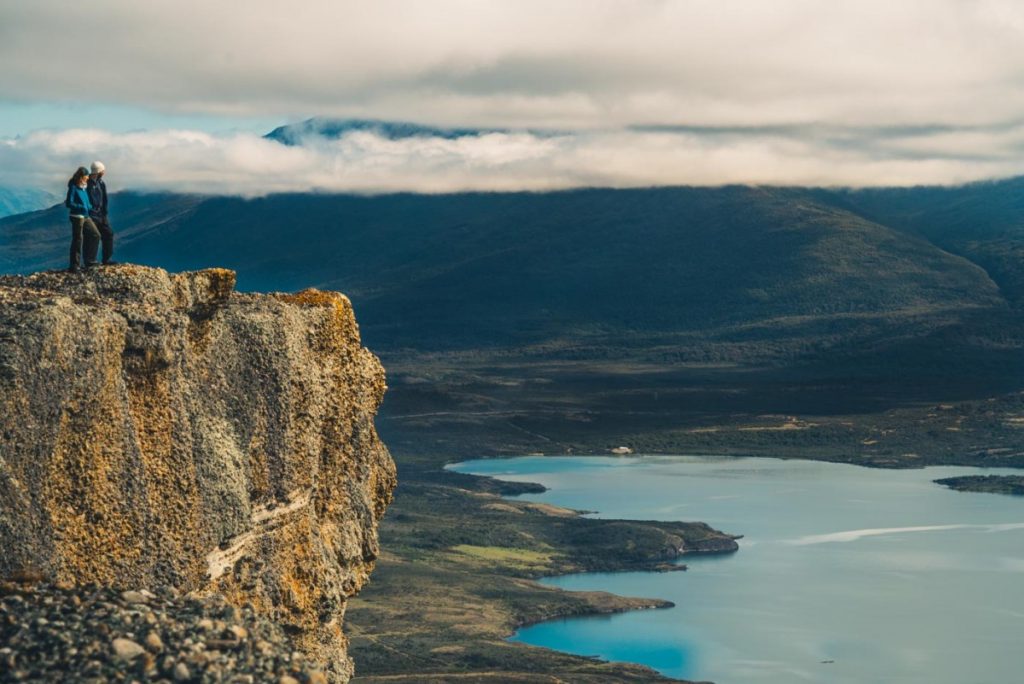 Cerro Benítez and Laguna Sofia
Cerro Benítez and Laguna Sofia
Cerro Benítez is one of the tallest peaks in Patagonia, and it offers a stunning viewpoint over Laguna Sofia. If you aren’t into long hikes, consider this one—it’s the region’s best short hike, taking only about 2.5 hours.
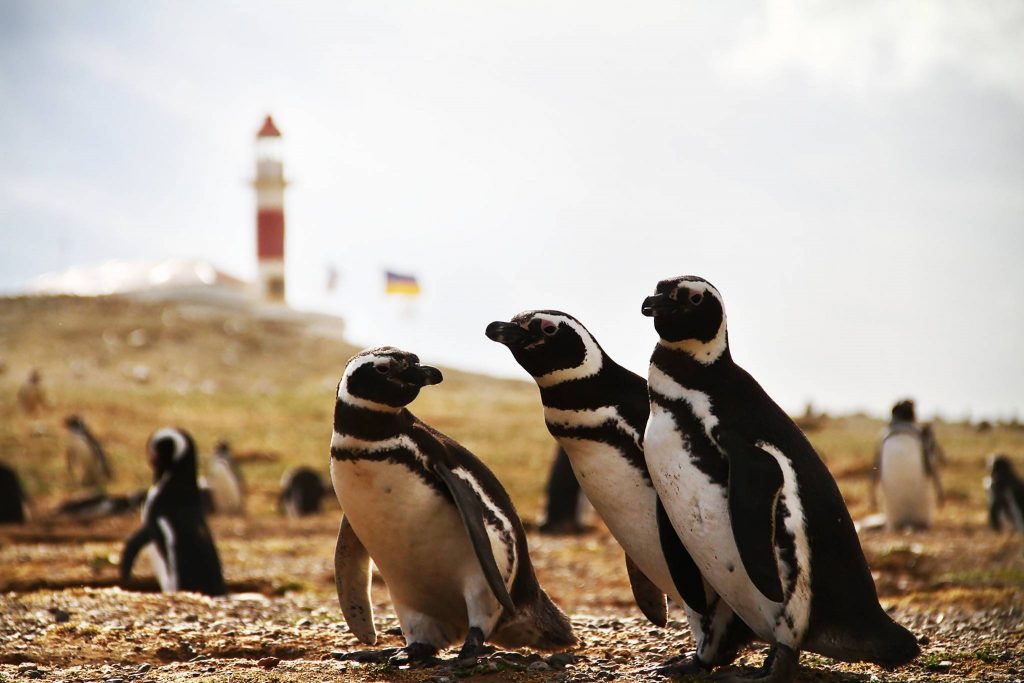 Isla Magdalena
Isla Magdalena
If you want to take a close-up shot with cute penguins in their environment or just watch them paddling across the island, take a two-hour ferry ride to Isla Magdalena. The island is easily accessible from nearby Punta Arenas. Note that the colony of these charming creatures is based here only between September and March.
What to see in Argentinian Patagonia
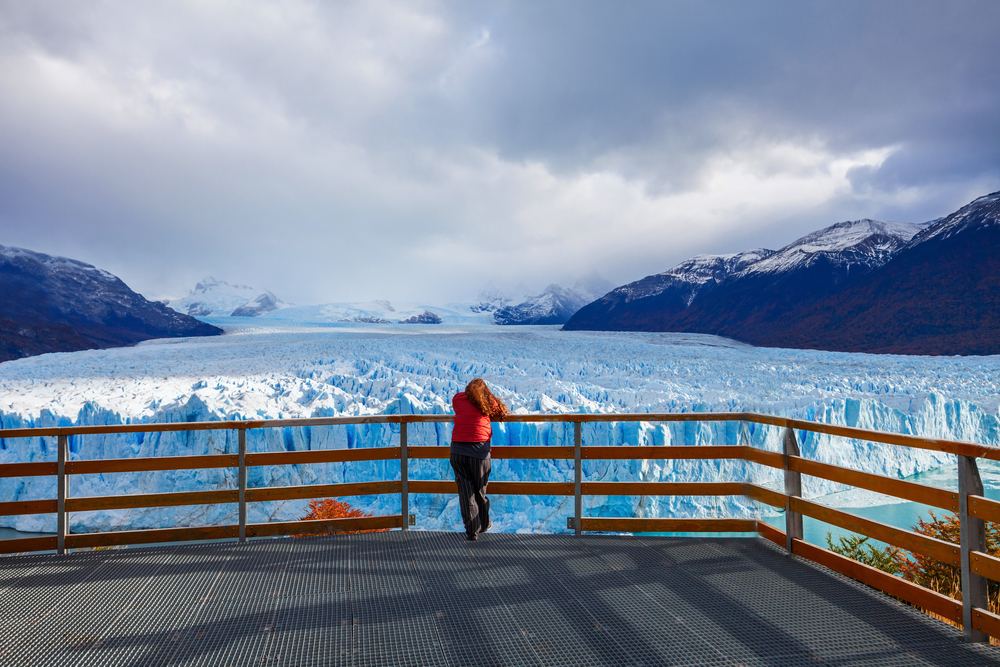 Los Glaciares National Park
Los Glaciares National Park
Los Glaciares boasts one of the most impressive landscapes in the world. The most coveted spot among trekkers is Perito Moreno Glacier. Words can’t describe how amazing a trek across the glacier is. You have to experience for yourself its dramatic, ear-shattering icefalls and feel the splendor of the mighty natural phenomenon. An interesting fact: every day the glacier is growing forward up to 2 meters!
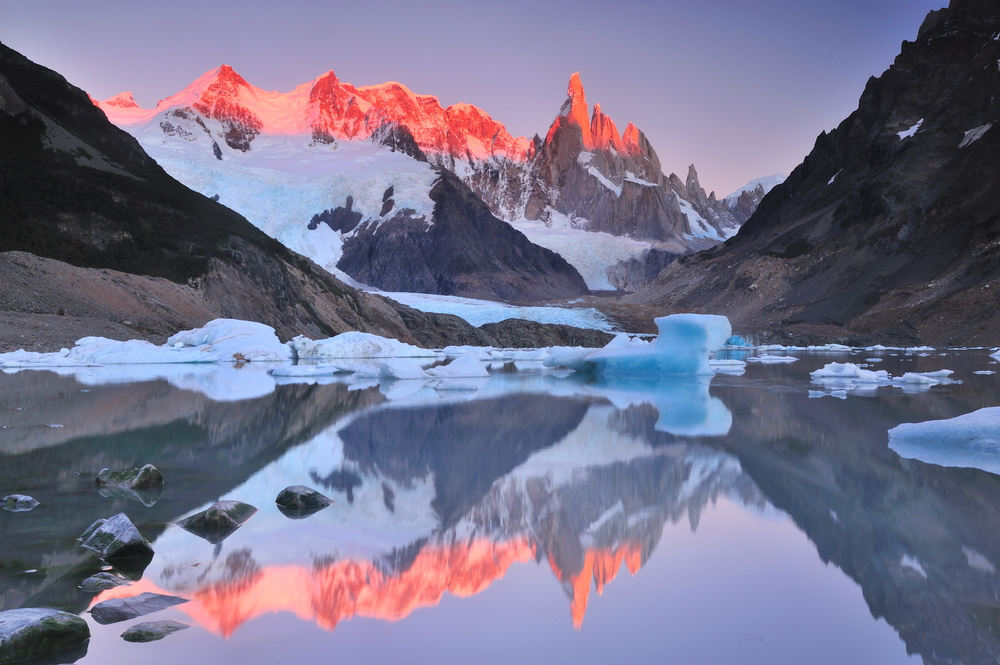 El Chalten
El Chalten
The picture-perfect landscape of a small town at the base of the Fitz Roy mountain, El Chalten, attracts adventuresome tourists in search of a unique trekking experience.
The most popular attractions are:
Laguna de los Tres
This day-long hike passes through a valley that leads to a laguna with a great view of the Fitz Roy, arguably the most scenic mountain in all of Patagonia.
Laguna Torre
The trail to this serene glacial lake is quite short, yet it takes up to six hours to reach this beautiful spot. The journey is well worth it, as the lake provides a stunning view of Cerro Torre.
Cerro Fitz Roy
Fitz Roy is a true symbol of Patagonia. The phenomenal beauty of the mountain lies is in its unusual shape: its sky-puncturing peaks are amazingly symmetrical, making them unique among all the peaks in the area.
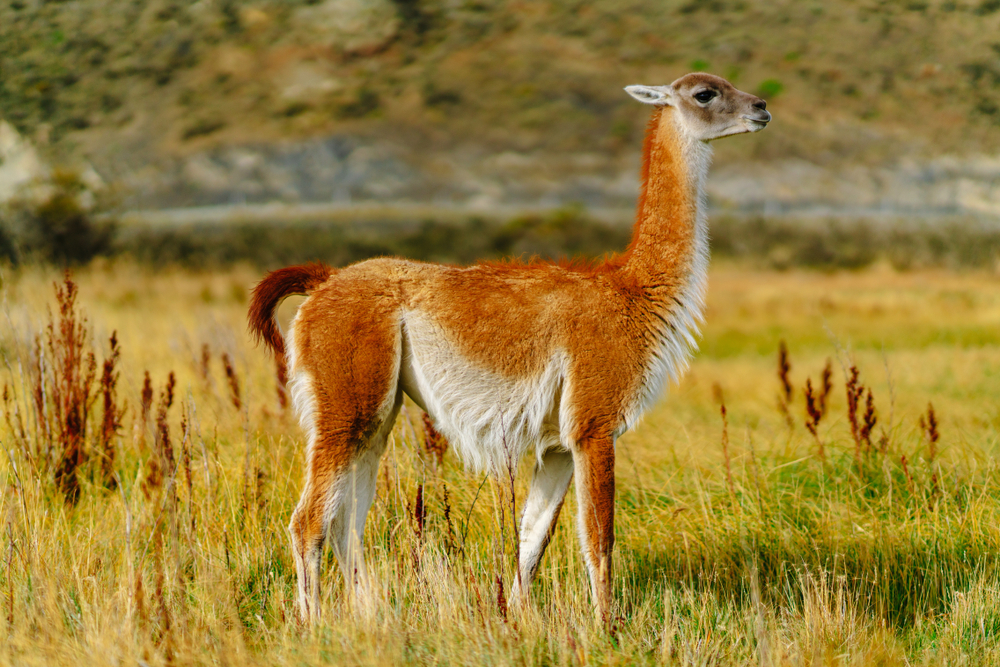 Ushuaia, Tierra del Fuego
Ushuaia, Tierra del Fuego
The city of Ushuaia bears a name meaning “the end of the world” for a reason. It’s the planet’s southernmost city, located on the island of Tierra del Fuego – the very tip of the continent, beyond which is only Antarctica. This area is the quintessence of Patagonia, replete with lakes, mountains, rivers, and distinctive wildlife.
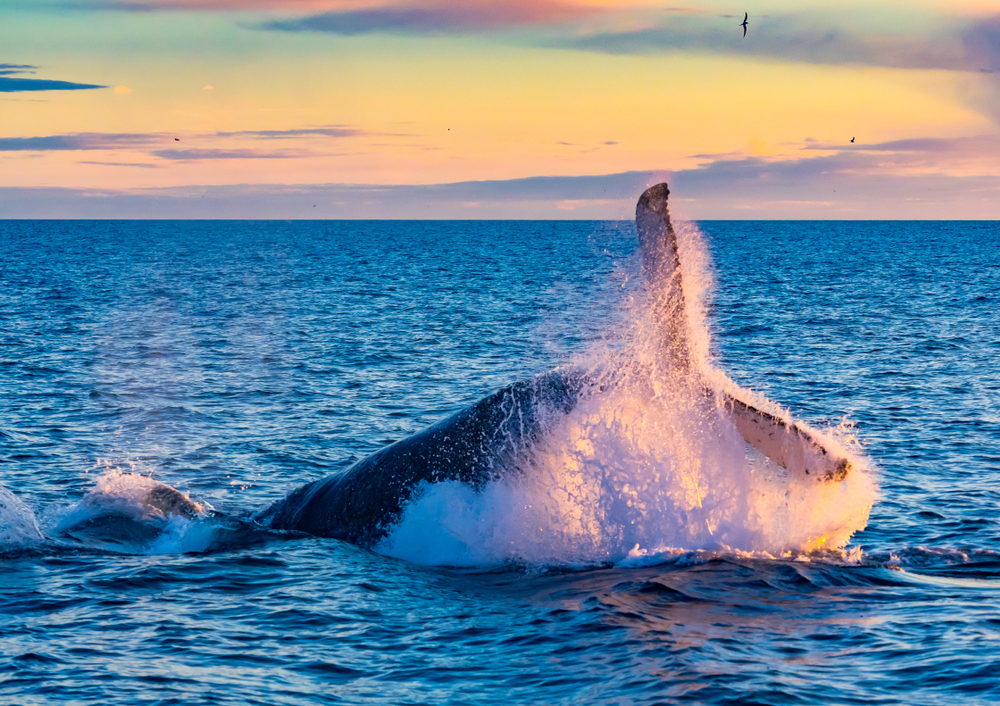 Whale-watching in Puerto Madryn
Whale-watching in Puerto Madryn
From May to December along the coast of Puerto Madryn, you can watch whales diving in and out of the sheltered waters of the Gulf Nuevo. You can either take a boat to get closer to these impressive mammals or watch them gracefully dancing in the waters from the coastline.
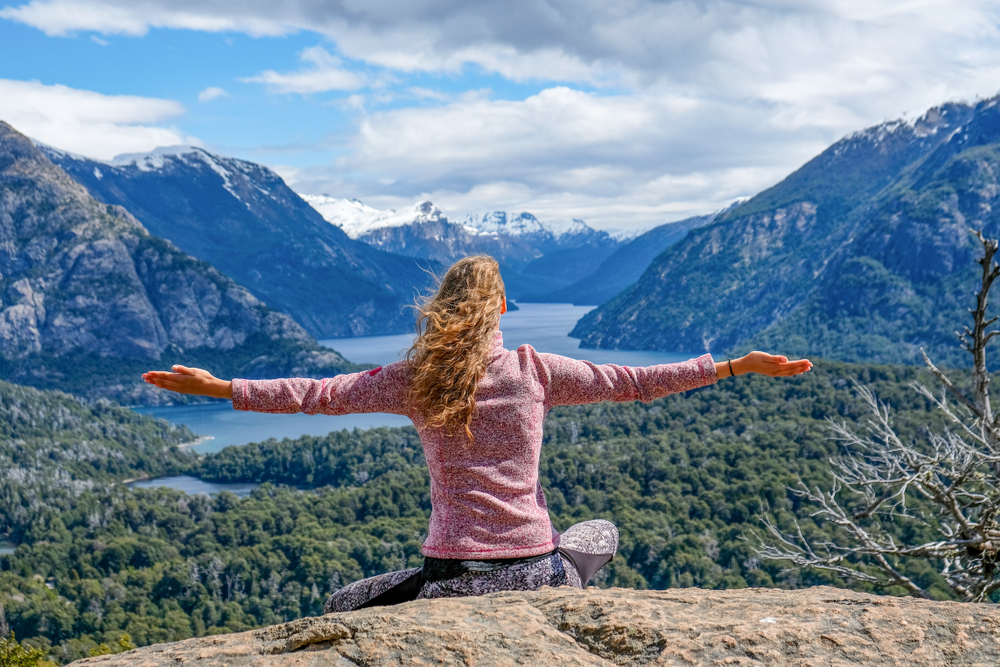 Bariloche and the Seven Lakes
Bariloche and the Seven Lakes
Bariloche, located at the foot of the Andes, is a bewitching lake district in Argentinian Patagonia. It’s a paradise for those who enjoy outdoor activities: here you can kitesurf, go trekking, ride horses, or play golf. But the best thing about this place is the lakes scattered like diamonds all across the landscape. Take a lake tour and admire the gorgeous sights gliding across the crystal-clear waters.
How to get to Patagonia on miles
The best way to get to South America using miles is to book a flight through the AAdvantage frequent flier program. According to the American Airlines award chart, you need 30K AAdvantage miles for a one-way ticket on the MileSAAver level to reach South America Region 2, which includes Chile and Argentina. Choose any AAdvantage rewards credit card with a suitable sign-up bonus and set off on the journey of a lifetime for free.
When to go
It’s best to visit Patagonia during the Austral summer: in December, January, or February when temperatures are around 72 °F. These months are ideal for hiking and wilderness watching. The destination is very popular so we recommend booking tickets in advance: 3 to 6 months is ideal.
What to pack
Weather in Patagonia is unpredictable and can play tricks on you. It’s almost almost windy and cool, even in the summer. Packing essentials are warm and waterproof clothes, a hat, thermal underwear, trekking boots, sunscreen, and bug spray.
The bottom line
Getting to destinations such as Patagonia can be challenging: they are harder and more expensive to reach. But arguably, such trips are truly rewarding. You get a unique experience of diving into the utterly wild nature which is, to say the least, sobering and exciting. Patagonia’s distinctive landscapes can’t be compared to any others in the world. Explore the region’s unique attractions to have a trip you’ll remember forever.
